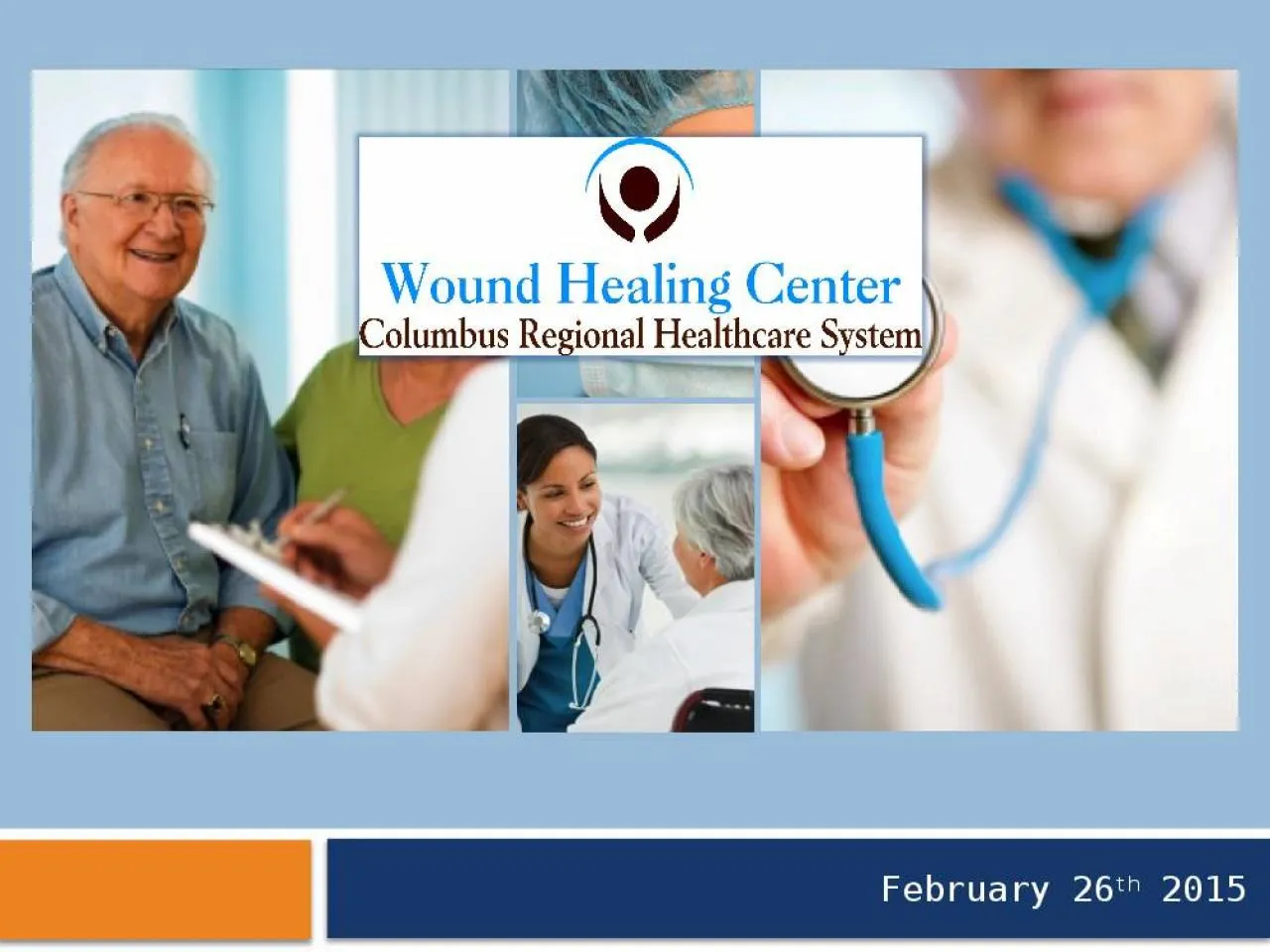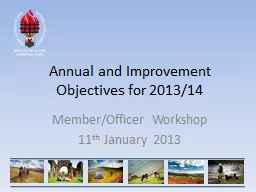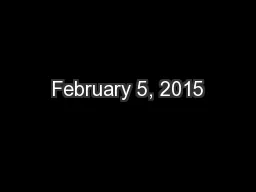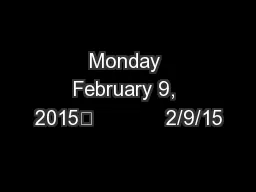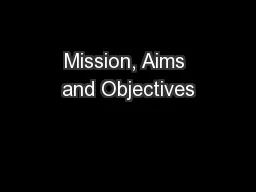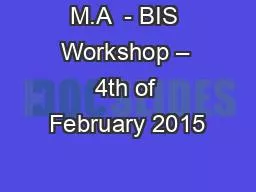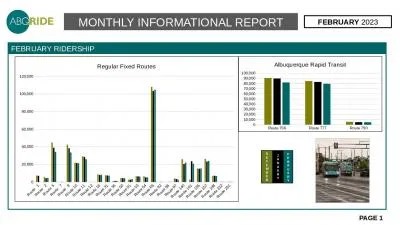PPT-February 26 th 2015 OBJECTIVES
Author : trinity | Published Date : 2022-05-17
Review the modern day multimodality approach to the wound care patient Identify appropriate indications for hyperbaric oxygen therapy and the etiology of chronic
Presentation Embed Code
Download Presentation
Download Presentation The PPT/PDF document "February 26 th 2015 OBJECTIVES" is the property of its rightful owner. Permission is granted to download and print the materials on this website for personal, non-commercial use only, and to display it on your personal computer provided you do not modify the materials and that you retain all copyright notices contained in the materials. By downloading content from our website, you accept the terms of this agreement.
February 26 th 2015 OBJECTIVES: Transcript
Download Rules Of Document
"February 26 th 2015 OBJECTIVES"The content belongs to its owner. You may download and print it for personal use, without modification, and keep all copyright notices. By downloading, you agree to these terms.
Related Documents

